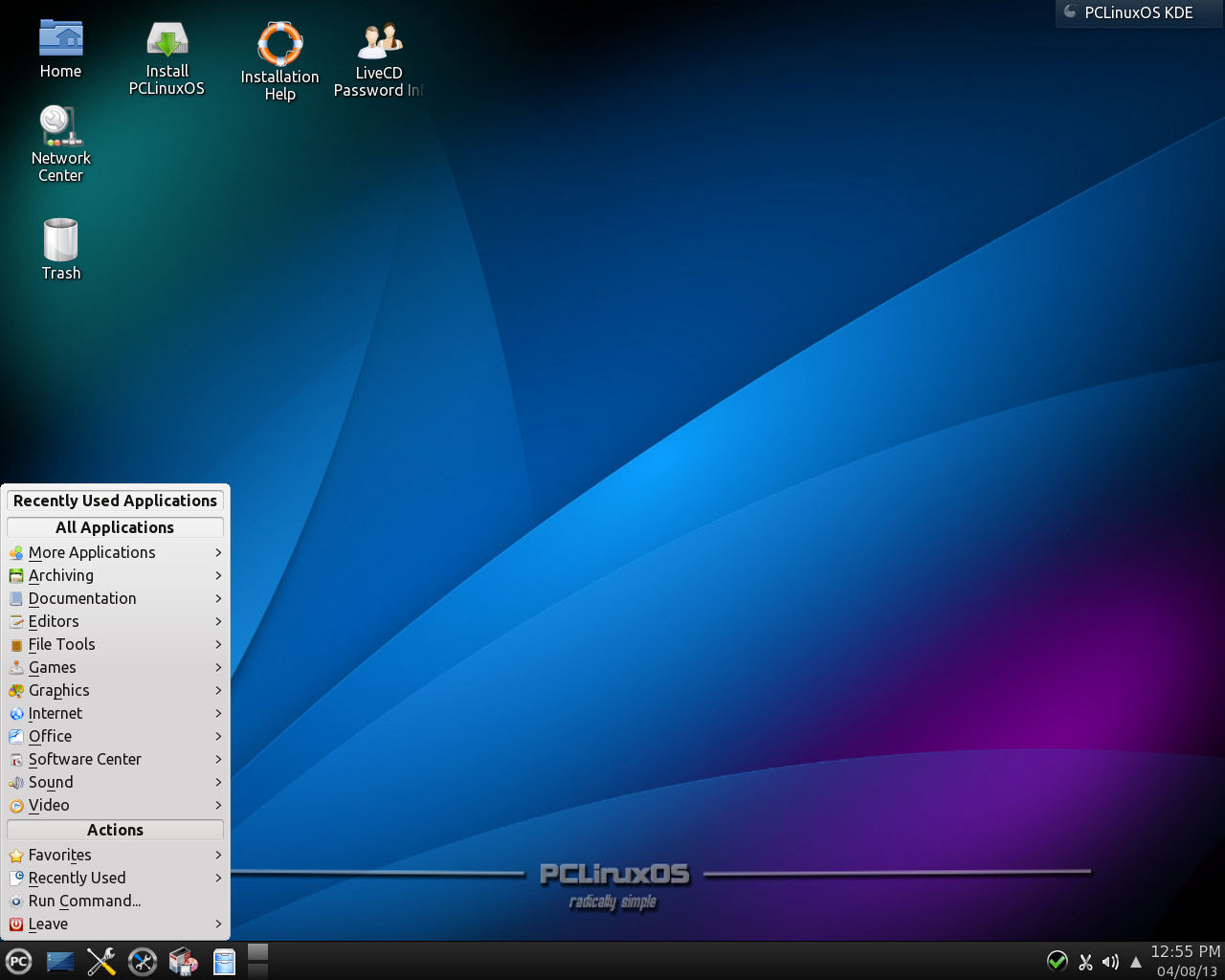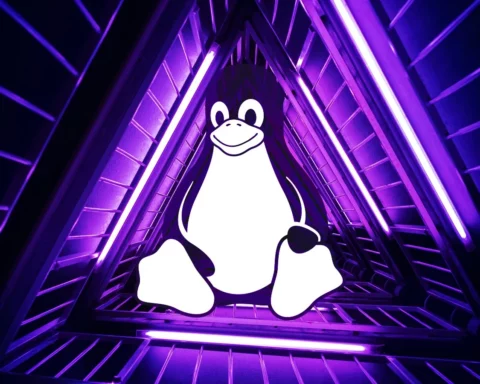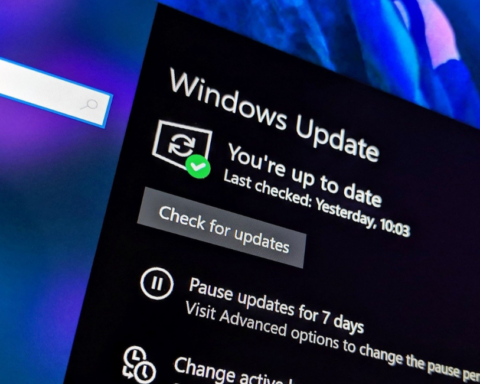 With much dismay we say, if you are using Windows XP your number has unfortunately been called and your time is now up! It is as they say, time to move on. Now, in case you’re a die hard Windows fanatic, you’re more likely to move on to newer versions of the platform, however, the truth is your computer might have worked well with Windows XP, but then it might not be capable of running Windows 7. It is during times like these that our very own Linux comes to the rescue! PCLinuxOS will be a better fit for people using older versions of the Windows operating system. Not that we are trying to discredit Ubuntu and its immense capabilities.
With much dismay we say, if you are using Windows XP your number has unfortunately been called and your time is now up! It is as they say, time to move on. Now, in case you’re a die hard Windows fanatic, you’re more likely to move on to newer versions of the platform, however, the truth is your computer might have worked well with Windows XP, but then it might not be capable of running Windows 7. It is during times like these that our very own Linux comes to the rescue! PCLinuxOS will be a better fit for people using older versions of the Windows operating system. Not that we are trying to discredit Ubuntu and its immense capabilities.
We have compiled five reasons why PCLinuxOS is a better fit for Windows XP users than Ubuntu:
1. Hardware
-Hardware required for running PCLinuxOS is significantly less taxing on older computers as compared to Ubuntu.
-Use PCLinuxOS with the MATE desktop and you have a nice clean looking desktop environment without giving up any features that you may find within Ubuntu.
2. Releases
-With Ubuntu you have the choice of being able to use the long term support release or an interim release. PCLinuxOS on the other hand is a rolling release distro and it really is a case of install once and once only.
-Just let the updates run and the system will constantly stay up to date.
3. Familiarity
-The MATE desktop within PCLinuxOS looks very similar to Windows XP therefore the transition between Windows XP and PCLinuxOS is much easier.
4. Privacy
-The Ubuntu desktop and the web become very integrated. However, if you find integrated online search results an intrusion, you should go for PCLinuxOS.
5. All features work straight away
-When you install Ubuntu and you run Firefox for the first time you might be frustrated for instance when you try and watch a Youtube video and realise that it doesn’t work because Flash isn’t installed.
-PCLinuxOS on the other hand has all these things working from the initial installation.
Source: Everyday Linux User








